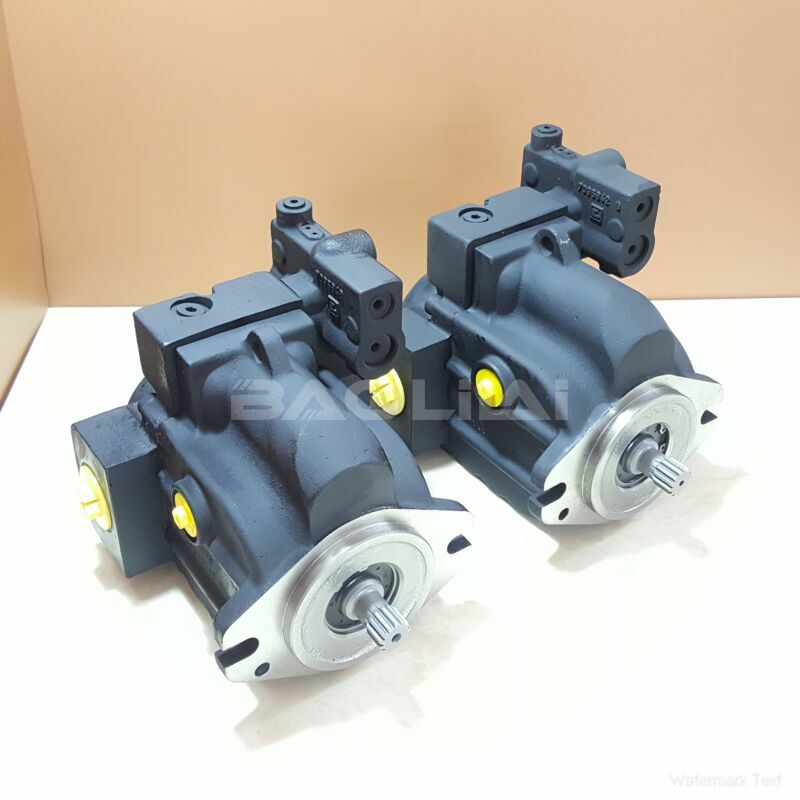LRR025CLS1814NNN3C2NFA6NAAANNNNNN axial piston pump
LRR025CLS1814NNN3C2NFA6NAAANNNNNN axial piston pump

- Product Details
- Applicable Scene
LRR025CLS1814NNN3C2NFA6NAAANNNNNN axial piston pump.In the ever-evolving world of industrial machinery, hydraulic pumps play a critical role in ensuring efficiency and reliability. Danfoss, a leading name in the manufacturing of hydraulic solutions, recognizes the importance of data in enhancing pump performance. By leveraging real-time data, Danfoss achieves significant improvements in efficiency, longevity, and operational reliability of its hydraulic pumps.
Model Code :LR-R-025C-LS-18-14-NN-N-3-C2NF-A6N-AAA-NNN-NNN
Model Code :LRR025CLS1814NNN3C2NFA6NAAANNNNNN
One of the most compelling aspects of Danfoss’s approach is the integration of IoT (Internet of Things) technology into its hydraulic systems. This integration enables pumps to gather and transmit data back to a central hub, allowing for continuous monitoring of performance indicators such as pressure, flow rate, temperature, and energy consumption. By analyzing this data in real-time, Danfoss can identify anomalies or inefficiencies, enabling proactive maintenance and timely interventions to prevent potential failures.

Model No.ldent No. :7005223
LRR025CLS1814NNN3C2NFA6NAAANNNNNN axial piston pump.Moreover, real-time data collection allows for better operational decisions. Operators can receive immediate feedback about the system’s performance, enabling them to make informed adjustments to optimize hydraulic performance. For instance, if the data indicates a drop in pressure, operators can increase pump speed or adjust valve settings to restore optimal functioning without extensive downtime or manual testing.
In addition to enhancing operational efficiency, real-time data contributes to energy savings. By continuously monitoring how energy is consumed within the hydraulic system, Danfoss can identify opportunities for optimization. Implementing smart algorithms, the system can automatically adjust settings in response to varying demands, ensuring that energy is used only when necessary, thus lowering operational costs and reducing the carbon footprint of machinery.





